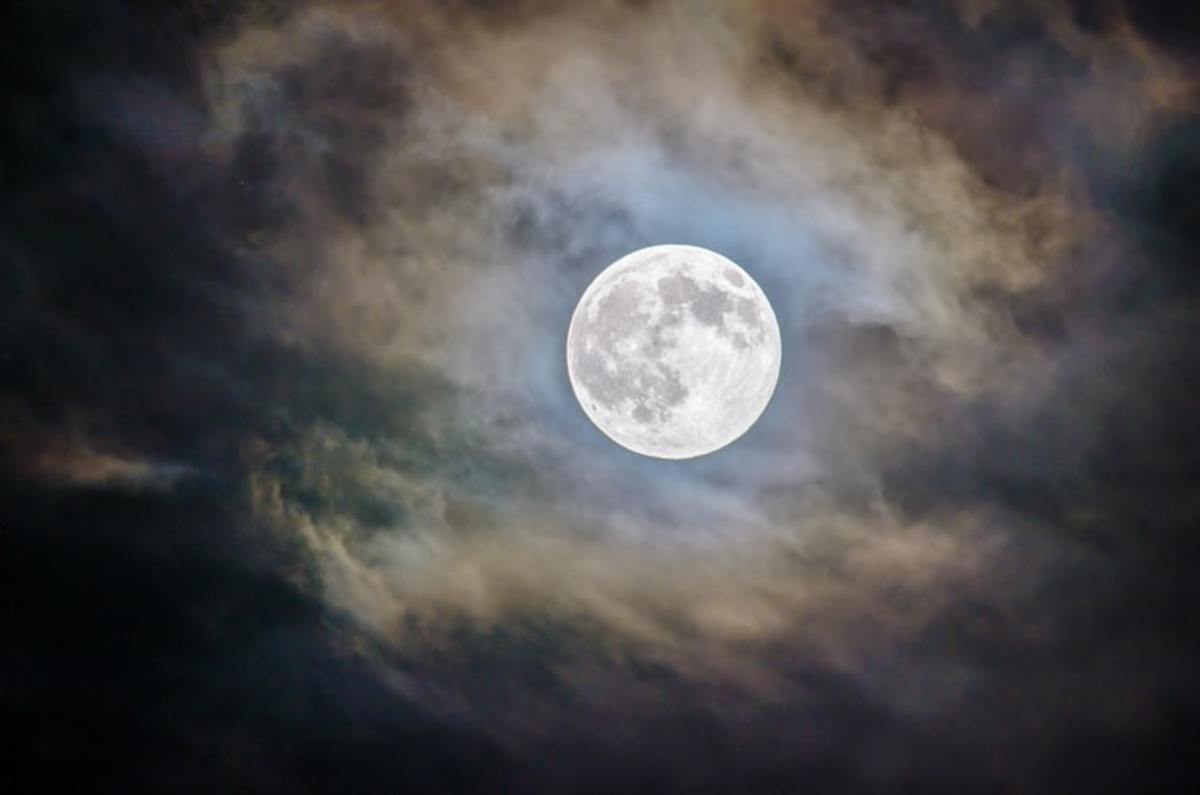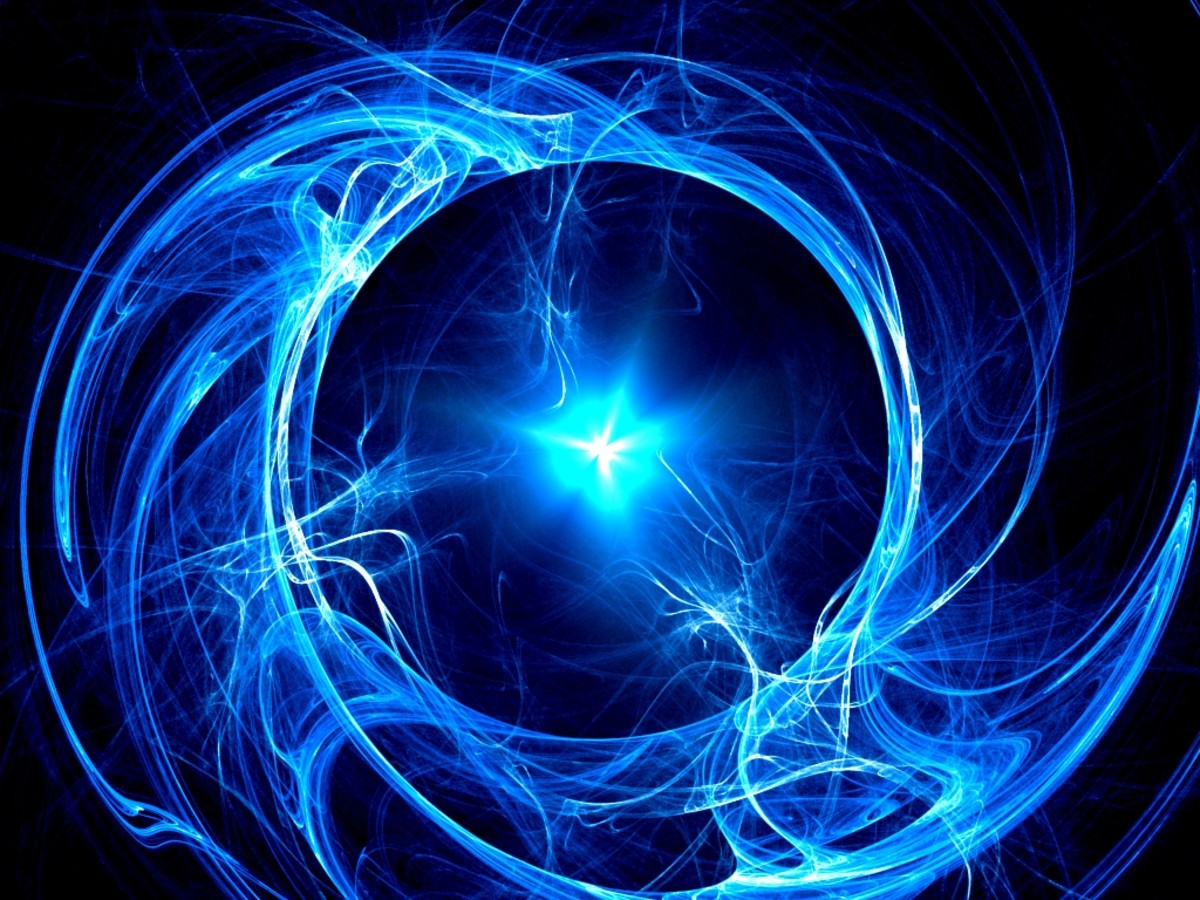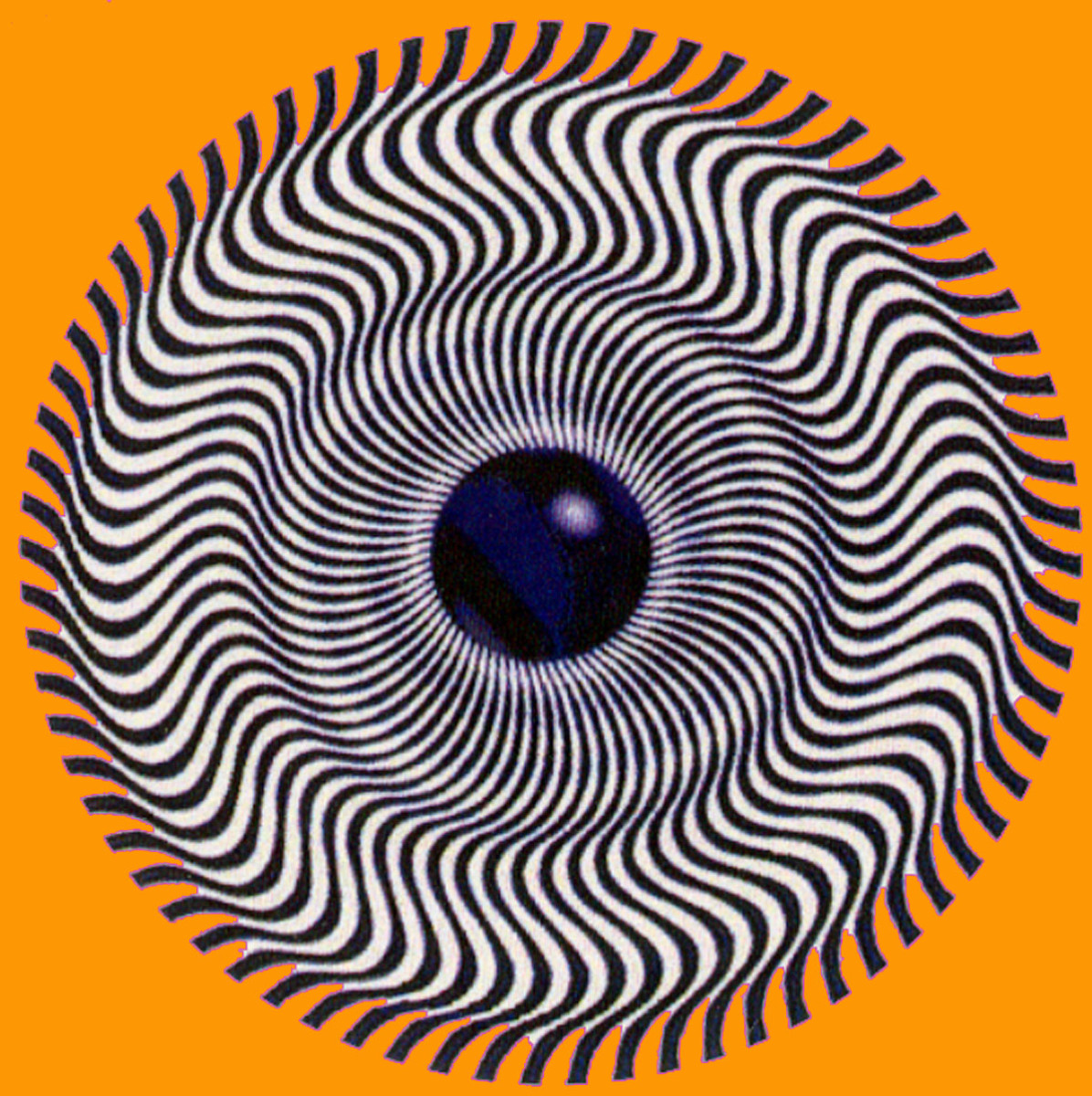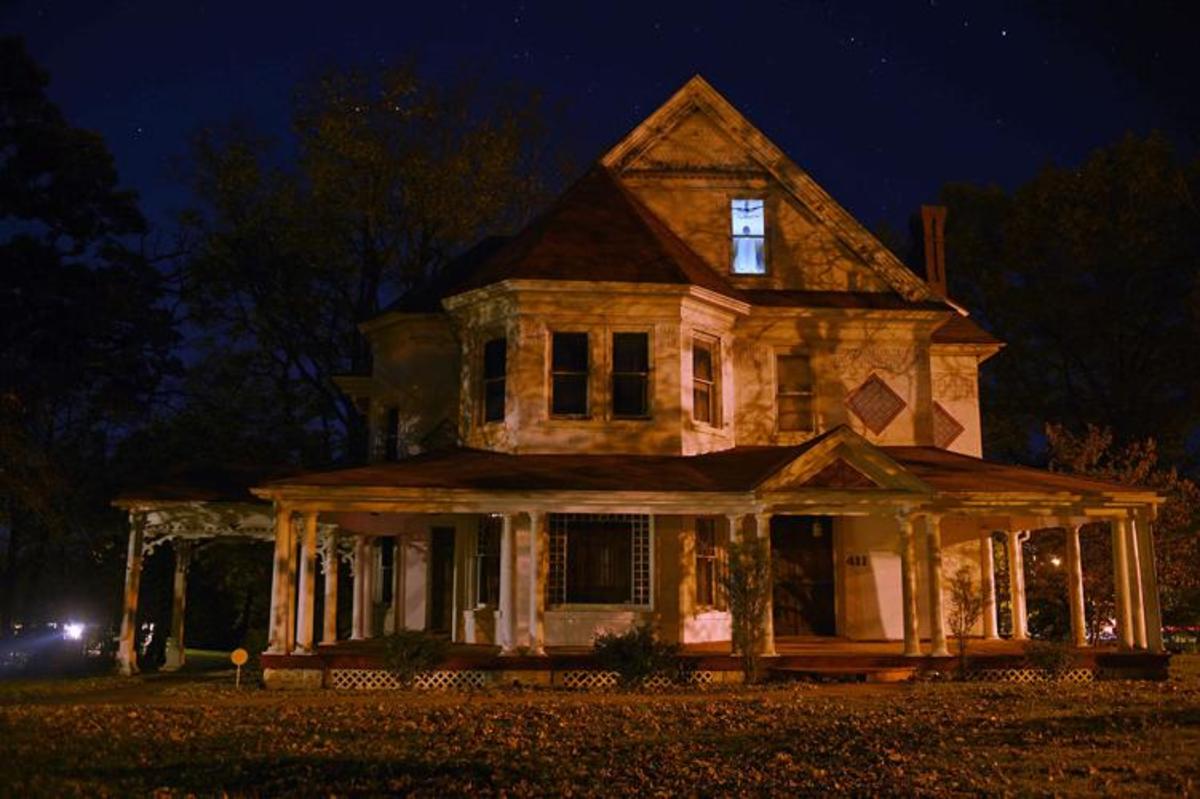Spirit Beings: Detroit's Nain Rouge
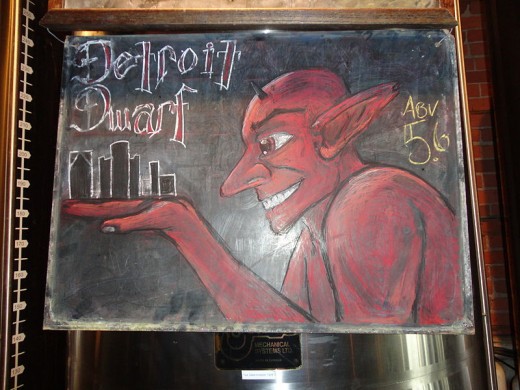
What Is the Nain Rouge?
Every March, while the rest of the world is thinking about Saint Patrick's Day, a dogged group of Detroit revivalists gather to drive the Nain Rouge out of the city. Dressing in outlandish costumes and carrying a variety of musical instrument and noisemakers, they march together to a predetermined location, banging drums, sounding horns and carrying on.
Afterwards, they feast on local food and drink local beer and play real music.
But what is this Nain Rouge, and why are they driving it away?
The Nain Rouge is a lutin: a small malevolent dwarf similar to a sprite, pixie, fairy, goblin, elf, brownie, leprechaun, or imp.
Almost every culture includes a folkloric version of magical ‘little people’, and all have either a mischievous or blatantly malevolent dimension.
The lutin is the French version of this type of nature sprite.
Short and hairy with a bright red face, sharp teeth, a tattered coat, and tall fur boots, the Nain Rouge is frequently spotted high up on rooftops or telephone poles, or dancing on the banks of the Detroit River.
Detroit’s angry red dwarf is said to look a bit like a cross between a short devil and a particularly fierce little man; a bit like a red unpleasant version of the Notre Dame leprechaun. The red face and unique dress of the Nain Rouge also bring to mind native warriors in war paint--though taller in stature, the fierce opposition of some of the local Indians to the settlement of Detroit is well known.
Legend has it that the first white settler of Detroit, Antoine de Mothe Cadillac, first encountered the Nain Rouge there and mocked it, thus bringing a Nain Rouge curse on the whole city. After that sighting, Cadillac lost his fortune and never got it back.
Another account has it that Cadillac and his wife were walking along the Detroit River when his wife overheard a local say to a companion, "Things can't continue this way for long--my friend has several times seen l'homme rouge . "
Translated precisely l'homme rouge means red man .
Was this citizen referring to the Nain of French legend, or to the very real possibility of an impending Indian attack? Or, was it something of both--a local curse set upon the city by the native residents?
Whatever the source, ever since that that first unfortunate incident, every sighting of the Nain Rouge in or around Detroit has been followed by disaster.
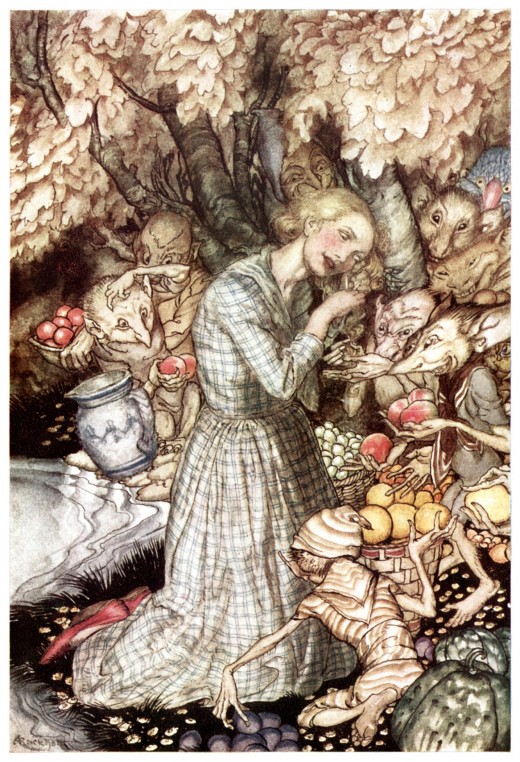
Lutins, Sprites, and Woodland Spirits
Sometimes called ‘household sprites’ by folklorists, lutins and fairies and the like are also associated with woodlands and forested areas. At one time, Michigan was nearly ALL forest, and even today the state remains one of the most heavily forested and wildest portions of the American Midwest.
It isn’t hard to imagine the Nain Rouge lutin simply being honked off at civilization for invading its natural habitat—although some cynics would dispute the notion that Detroit is all that civilized. In actual fact, Detroit is the oldest city in the Midwest and predates the establishment of the United States as nation by nearly one hundred years. A busy port that attracted French trappers and traders, British soldiers, and all manner of Canadian and American merchants, Detroit brought commerce and urban activity to the deep woods of Michigan at a time when the northern portion of the U.S. was still extremely wild.
In short, Detroit was exactly the kind of place where a lutin might appear.
Lutins can change physical form at will and sometimes show themselves to people as various animals—especially white cats, rabbits, household pets, or dogs. Occasionally a lutin takes the form of a magical horse called a Cheval Bayard.
The Cheval Bayard can adjust its size to that of its rider and can also speak. In early European legend and lore, acquiring a wild Bayard was a powerful feat. This magical horse could not be killed, though attempts to destroy it might create the temporary appearance of its demise. The Cheval Bayard would always reappear later running wild in the forest, unscathed and still powerful.
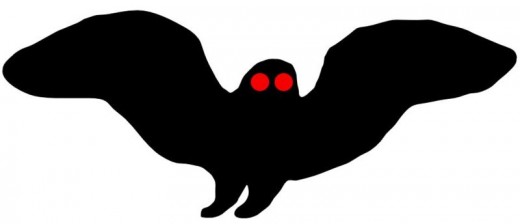
A Chronicle of Nain Rouge Disasters
In Detroit, Nain Rouge sightings are the worst kind of luck.
The Nain Rouge typically shows itself within or near the city in the hours or days immediately preceding a major local catastrophe.
In this respect the Nain Rouge is similar to Point Pleasant PA's Mothman, a malevolent dark winged spirit with red eyes that appeared before the collapse of the Point Pleasant bridge in.
Some of the most famous sightings along with the disasters that followed include:
- 1701: Cadillac, the founder of Detroit, sees the Nain Rouge for the first time and subsequently loses his entire fortune. Angry over Cadillac’s lack of respect, the Nain Rouge curses the city of Detroit forever after.
- July 30, 1763: The Nain Rouge is spotted by British troops before the Battle of Bloody Run, where 58 British soldiers are then slaughtered by Chief Pontiac’s native men, causing the Detroit river to run red for days.
- 1805: Multiple sightings of the Nain Rouge precede the Detroit fire, which destroyed most of the early city.
- 1812: General William Hull is attacked by an angry red dwarf while walking through a dense fog in the days just before surrendering the city of Detroit. Hull is the only U.S. general to ever have been successfully tried and convicted for incompetence.
- 1830 & 1840: French sightings of the Nain Rouge are recorded on the Detroit River bank, but women who see him mistake the Nain for a small child. Sightings during this period note that the Nain Rouge does not speak and upon closer examination has a fearsome visage.
- 1883: The book Legends of Detroit is published. This book contains the first formal recording of the Nain Rouge legend and the Detroit curse.
- 1884 & 1964: Women in Detroit claim to be attacked by a small creature that resembles a baboon with very sharp teeth, a red face, and a devilish expression.
- 1967: The Nain Rouge is sighted right before the 12th St Detroit riots break out.
- 1976: Two Detroit utility workers see what they think is a small child dressed in red climbing a utility pole. When they try to speak to the child it comes down quickly and runs away. The next day Detroit is hit with the worst ice storm in its history.
- 1996: Two very drunk men witness a small, hunched-over man in a nasty, torn coat fleeing the site of a car robbery. The man is said to make odd noises like a crow cawing and to have a brilliant red face.
So does any of this lore add up to anything more than another good story over a couple of locally brewed beers?
Possibly.
Omens, Warnings, and Spirits of Place
In addition to Point Pleasant's Mothman, the story of the Nain Rouge is similar to other legends of the same period involving bad omens and curses, such as the Jersey Devil in the Pine Barrens of the East, or the sightings of Spring Heeled Jack in 19th Century Britain.
All of these creatures move with unnatural swiftness, all are often seen perched in high places, all have red glowing eyes and a menacing expression, and (in the case of Mothman and Spring Heeled Jack) all can swoop down with large dark wings or a dark cape. (The Nain Rouge equivalent feature is his tattered coat. Although the Nain Rouge does not fly, it does come down from high places with an unnatural rapidity and it wears what looks like a flowing, if really ugly, little frock coat.)
All of these entities are also natural inhabitants of wooded locations. Recent Monster Quest episodes examining the Mothman and Jersey Devil legends hypothesize that many sightings are likely nighttime misidentifications of deer or large owls. The eyes of deer and owls reflect red in the dark and both move rapidly after surprise encounters.
Naturalistic explanations of paranormal phenomena such as these totally ignore the most important feature of such encounters: their numinous, hyper-emotional, supernatural quality. People who have seen hundreds of deer and plenty of owls are nevertheless left shaken or alarmed by their experiences. Plus, since nature spirits commonly transform themselves into animals, identifying an animal as the culprit hardly refutes the intuitive explanation that what was witnessed was something beyond the natural world.
An identifying characteristic of our culture is that we tend to discount as unreliable any extreme emotional response to phenomena, yet the emotional response that accompanies a sighting is often the most consistent and the most telling evidence of all. Routinely discounting emotion and direct experience is a good way to miss out on an entire dimension of reality.
Pre-scientific cultures (including Native American cultures) all recognize that specific spirits do inhabit specific places. The Romans called these nature spirits genius loci, which literally means ‘spirits of place’.
Build a bustling city in a place where one of these spirits lives, and you just might be paid a visit or be invited to leave. One tip: If you do meet the Nain in some dark Detroit alleyway, be respectful.
At this point, Detroit can’t take much more bad luck.


